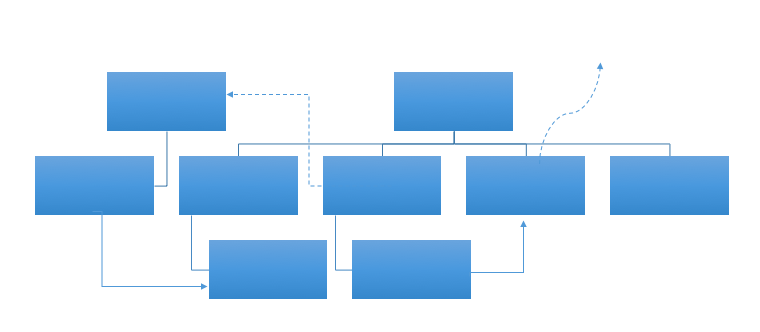It seems strange to talk about organization amid all the current national and global turmoil. But people still have to do their day jobs and fulfill their responsibilities to their companies, their people and themselves, so the discussion goes on. Especially because turmoil – much less dramatic than on the national stage but disruptive all the same – is going on at so many companies.
The challenge for high value, low visibility functions – like EHS – is to redesign themselves for life after the turmoil, without having the luxury of waiting for all the smoke to clear. The most visible situation is post-merger. But the same chaos and need also exist in other corporate disruptions including acquisitions, corporate splits, the dreaded “new strategy” and ensuing reorganization, or simply massive downsizing (“de-organization”).
Let’s face it. In most of these corporate shuffles, functions like EHS are an afterthought. It would be nice to think this will change as companies mature, that senior management will recognize the virtues and talents of the EHS organization and protect the exceptional people and programs that have already been established. Sadly, that’s unlikely to happen. Irrational and arbitrary cuts will happen. The EHS organization will have to find ways to step up both efficiency and effectiveness, not trade off one for the other. EHS leaders have to deliver the value their company needs within the budget and organizational envelope the company wants.
 This is serious stuff. Bringing two companies’ EHS departments together post-merger isn’t like hosting a wedding dinner where the biggest problem is keeping the two families apart, containing the obnoxious relatives and stretching the alcohol budget. This goes well beyond drawing up the tables and assigning seats. This is a serious strategic process with implications for business performance, EHS performance, and careers. It requires asking the tough questions — even if you have to answer them yourself.
This is serious stuff. Bringing two companies’ EHS departments together post-merger isn’t like hosting a wedding dinner where the biggest problem is keeping the two families apart, containing the obnoxious relatives and stretching the alcohol budget. This goes well beyond drawing up the tables and assigning seats. This is a serious strategic process with implications for business performance, EHS performance, and careers. It requires asking the tough questions — even if you have to answer them yourself.
Some EHS leaders do a great job of this. In one recent acquisition the EHS leader of the acquirer framed the strategic questions even before he was sure he had the top EHS job. As soon as he got the nod, he developed clear hypotheses of what the new, merged company would be like and what it would need from EHS. Without waiting for guidance, he proposed cutting out an entire layer, designing new centers-of-excellence based on emerging needs, and staffing those centers based on skill rather than prior job levels. At a stage where his peers are often waiting for direction and facing budget death of a thousand cuts, he has a plan, won approval (or acquiescence), and is busy creating an effective new leadership team.
A colleague and I pulled together some of the lessons learned from lots of painful experience in a new article, After the Deluge: Designing EHS Organizations for Post-Merger Companies. Take a look. Share your experiences, either in comments on that article or back on this blog. And good luck to all.
[Opinions on this site are solely those of Scott Nadler and do not necessarily represent views of Nadler Strategy’s clients or partners, or those cited in blogs. To share this post, see additional posts on Scott’s blog or subscribe please go to nadlerstrategy.com.]

